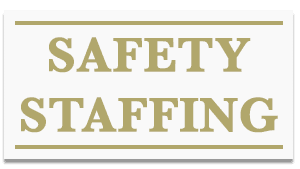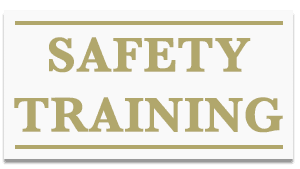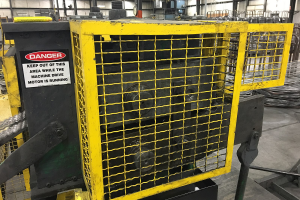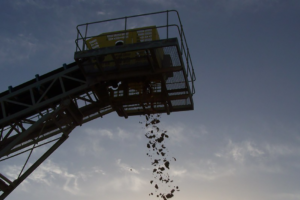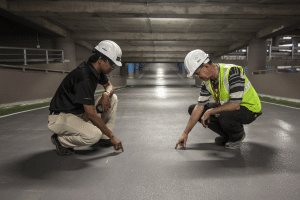The Myths Of Lockout/Tagout – Part 1
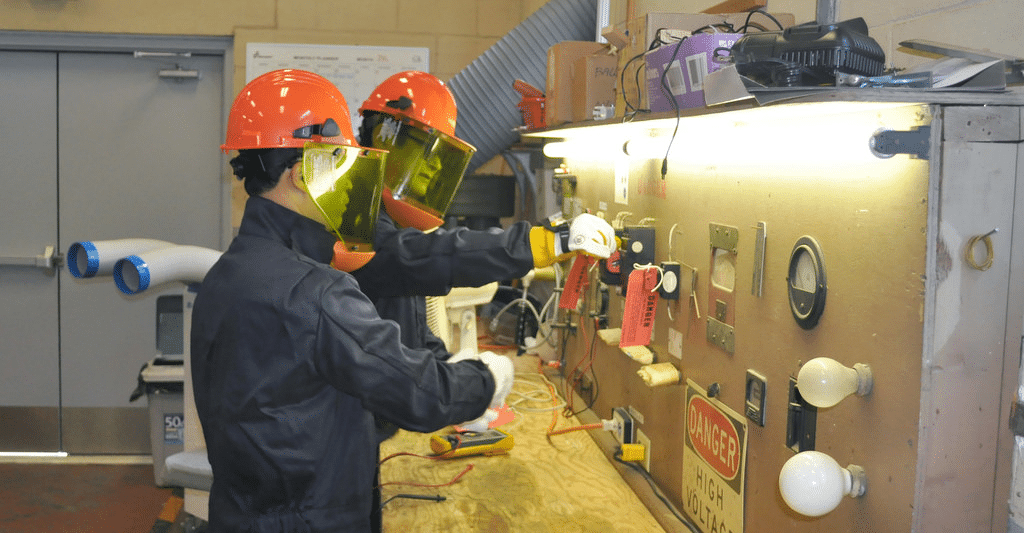
We continue to encounter many mistaken beliefs about OSHA’s regulation CFR,1910.147, The Control of Hazardous Energy. In this blog, we address the “myths” of Lockout/Tagout using verbatim quotes from OSHA’s Preamble to the regulation (OSHA text in bold italics).
Myth: I have to lockout energy whenever I do any service or maintenance
OSHA: When such servicing may expose the employee to the unexpected activation of the machinery or equipment, or to the release of stored energy, this Final Rule will apply.
Myth: There is no alternative to lockout when doing service and maintenance
OSHA: …lockout or tagout is not required by this standard if the employer can demonstrate that the alternative means enables the servicing employee to clean or unjam or otherwise service the machine without being exposed to unexpected energization or activation of the equipment or release of stored energy.
Myth: My workers insist they need power, but we have a zero tolerance policy on doing lockout
OSHA: The Agency recognizes that there are certain servicing operations which, by their very nature, must take place without deenergization
Myth: It is not necessary to consider exposure to a hazard when requiring lockout.
OSHA: Some servicing operations do not expose employees to hazards which would necessitate that a machine, equipment or process be deenergized and locked out or tagged out…
If no such exposure will occur, either because of the method in which the work is performed or because special tools, techniques, or other additional protection is provided, lockout or tagout is not required. If there is such exposure, the lockout or tagout requirements of this standard apply. However, if the servicing operation is routine, repetitive and must be performed as an integral part of the production process, lockout or tagout may not be necessary, because these procedures would prevent the machine from economically being used in production.
Myth: Lockout must be done, even if it is not feasible
OSHA: Based upon an analysis of the rulemaking record, OSHA believes that the safe performance of activities such as repair, maintenance and servicing, requires the deenergization of machines or equipment whenever feasible.
Myth: Use of a lock is the most important issue to comply with CFR 1910.147
OSHA: It should be noted that locks and tags by themselves do not control hazardous energy. It is the isolation of the equipment from the energy source and the following of the established procedures for deenergization and reenergization of the equipment that actually controls the energy.
Myth: CFR 1910.147 does not apply to process safety management
OSHA: However, the Agency considers the basic approach of this standard to be appropriate for the control of all hazardous energy sources, including those discussed by API. (American Petroleum Institute)
Part 2 coming Thursday, October 11th…
Jim Stanley is one of the nation’s most respected occupational safety consultants. Former No. 2 at OSHA, former VP of Safety and Health at AK Steel. Leads our Expert Witness and OSHA Compliance programs. FDRsafety offers unparalleled expertise in helping companies fully comply with OSHA requirements and address the current climate of heightened enforcement. For a FREE consultation, please contact us.
